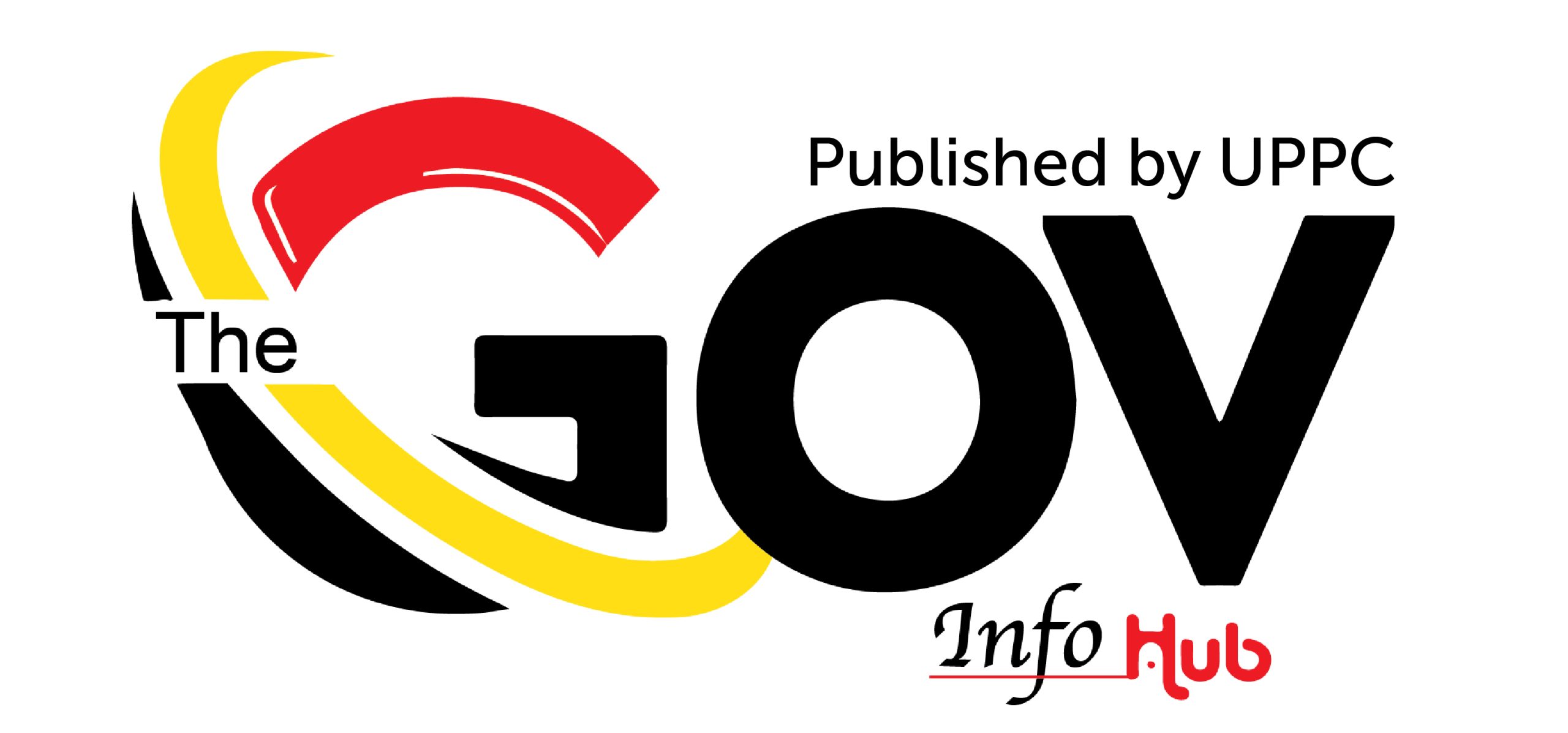By Fidel Boy Leon
For far too long, Uganda’s capital markets have remained fertile but underutilised soil, full of potential yet tilled by few. But now, a new tool aims to change that.
In a move purposely aimed towards economic inclusion and public financial empowerment, the Capital Markets Authority (CMA) of Uganda has launched its first-ever Capital Markets Handbook. A clear and accessible guide designed to demystify investing, strengthen compliance, and fuel market growth.
The launch signals a turning point in Uganda’s ambition to build a people-centred economy, one where every citizen, not just the elite, can understand and participate in the nation’s financial ecosystem.
“This handbook is a testament to our commitment to transparency, investor education, and the development of a robust capital market in Uganda,” said CMA CEO Josephine Okui Ossiya at a joint press conference with the Uganda Securities Exchange (USE), held at the Uganda Business Facilitation Centre.
The newly launched handbook is a meaningful and handy resource for issuers, investors, researchers, and the public. According to the Capital Markets Authority (CMA), it is designed to educate Ugandans about capital market products and operations, provide a reference point for laws, regulations, and compliance requirements, promote broader public participation in Uganda’s capital markets, and strengthen investor protection through information clarity and dispute resolution.
“We are here to create opportunities… not just for seasoned investors, but for ordinary citizens, entrepreneurs, and business owners who need access to capital,” Ossiya emphasised.
The move is aligned with the broader goals of National Development Plan IV (NDP IV) and speaks directly to Uganda’s drive toward inclusive, sustainable financial growth.
Alongside the handbook, CMA unveiled several key regulatory developments to modernise Uganda’s financial sector and reinforce investor confidence.
The Regulatory Sandbox Guidelines have been approved, enabling fintech innovators to test new financial technologies in a supervised, risk-mitigated environment. This will support innovative capital-raising models, especially under the government’s Ten-Fold Program.
In May 2025, Uganda formally gazetted new CIS Licencing Regulations, a move designed to enhance oversight over a fast-growing sector now valued at UGX 4.6 trillion. Draft rules for a CIS Compensation Fund are also open for public input, ensuring investor safeguards keep pace with sector growth.
CMA granted dealer licences to five major commercial banks; DFCU, Housing Finance, Stanbic, ABSA, and Centenary Bank, joining Standard Chartered in broadening access to capital markets. Centenary Bank was additionally licenced as a custodian, further deepening institutional trust.
ICRA Credit Rating Agency became the first agency approved under Uganda’s capital markets’ framework. Its entry is expected to boost transparency and investor confidence, particularly in the corporate debt market.
SBG Securities Uganda was licenced to launch its Fixed Income Dollar Fund, expanding the variety of investment options available to retail and institutional investors.
CMA also reaffirmed its oversight role in light of structural changes in listed companies, such as MTN Uganda’s separation of its mobile money division from its core business.
“We wish to assure the investing public that their investments in MTN remain safe,” said Ossiya, addressing growing public concern over corporate restructuring.
Similarly, CMA continues to monitor the Umeme counter and other key equity market activities to ensure stability, transparency, and accountability.
With the launch of the handbook and a wave of reforms, the Capital Markets Authority is shifting Uganda’s financial narrative from one that once served a narrow few to one that invites the many.
This is not just about stocks and bonds. It’s about creating a culture of financial literacy, expanding access to capital, and empowering everyday Ugandans to invest in their futures.
And like a well-tended garden, Uganda’s financial ecosystem is being cultivated with education, regulation, and innovation, so that all may reap the harvest.


